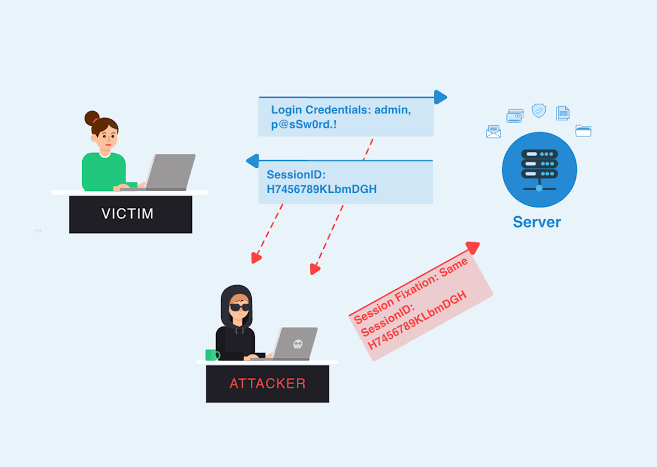As developers, we play a critical role in safeguarding sensitive information and ensuring the integrity of applications. This is especially true for Full Stack Developers, who must be proficient in both front-end and back-end development. Enrolling in a Full Stack Developer Course Online can equip you with essential skills, including secure coding practices. This blog outlines effective strategies for writing secure code, emphasizing the importance of security in the software development life cycle (SDLC).
Understanding Secure Coding
Secure coding is a practice that involves writing code that protects applications from vulnerabilities. These vulnerabilities can lead to security breaches, data theft, and damage to an organization’s reputation. By adopting secure coding practices, Full Stack Developers can mitigate risks and deliver more secure applications.
Principles of Secure Coding

- Input Validation: One of the most critical aspects of secure coding is validating user inputs. Always validate and sanitize inputs to prevent common attacks such as SQL injection and cross-site scripting (XSS). Using parameterized queries and escaping user inputs can significantly reduce these risks.
- Authentication and Authorization: Properly managing user authentication and authorization is vital. Implement strong password policies, multi-factor authentication, and role-based access controls to ensure that users can only access resources they are authorized to use.
- Error Handling: Effective error handling is crucial for security. Avoid displaying detailed error messages to users, as this can provide attackers with valuable information about your application’s architecture. Instead, log errors internally while providing generic messages to users.
- Secure Data Storage: When dealing with sensitive information, such as passwords or personal data, use strong encryption methods. Storing sensitive data securely can prevent unauthorized access and data breaches.
- Regular Security Testing: Incorporating security testing into the SDLC is essential. Conduct regular code reviews, penetration testing, and vulnerability assessments to identify and address security weaknesses early in the development process.
Implementing Secure Code Practices
The implementation of secure code practices requires a combination of techniques and tools. Below is a table summarizing some common secure coding practices along with tools that can assist developers:
|
Secure Coding Practice |
Tools |
|
Input Validation |
OWASP ZAP, Fortify |
|
Authentication |
Auth0, Okta |
|
Error Handling |
Sentry, Loggly |
|
Data Encryption |
AES, RSA |
| Security Testing |
Burp Suite, Veracode |
The Importance of Continuous Learning
The field of cybersecurity is constantly evolving, and staying updated with the latest trends and threats is essential for Full Stack Developers. The Full Stack Developer Course Fees vary, but investing in your education can yield significant returns in terms of career advancement and job security.

The Full Stack Developer Course offers flexibility, covering both front-end and back-end technologies, making it ideal for aspiring developers seeking comprehensive training.
Many online courses focus on secure coding practices, providing practical knowledge and hands-on experience. The Full Stack Developer Course Fees range from ₹50,000 to ₹2,00,000, depending on course content and certification levels.
Conclusion
As a Full Stack Developer, adopting secure coding practices is not just a responsibility; it’s an essential part of your role. By understanding the key principles of secure coding and implementing them throughout the SDLC, you can contribute to creating secure and resilient applications. Continuous learning and staying informed about security best practices will further enhance your skills and position you as a valuable asset in the tech industry.







